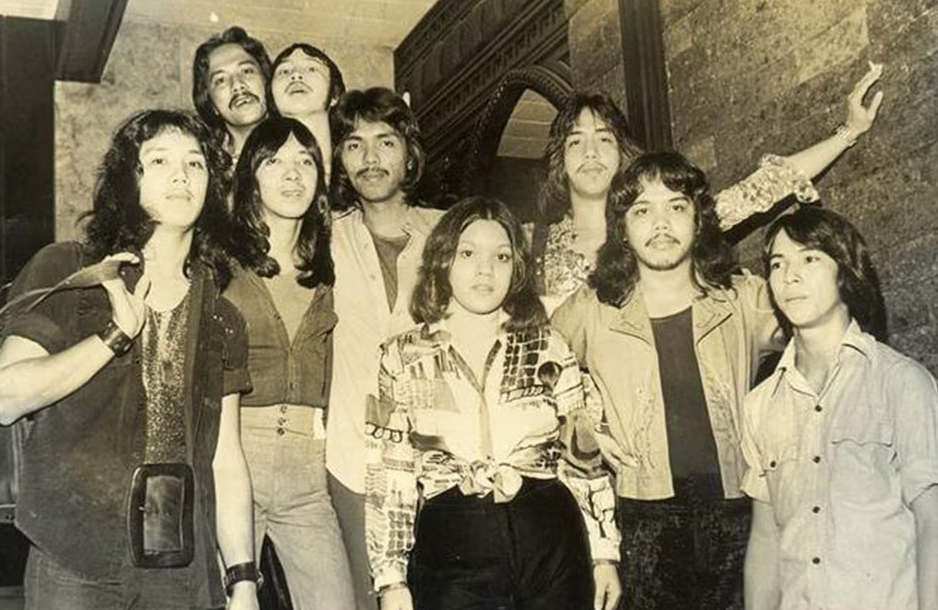Manila Sound, a genre of music that emerged in the Philippines during the 1970s, remains a beloved and influential chapter in the country’s musical history.
Characterized by its infectious grooves, catchy melodies, and vibrant lyrics, Manila Sound captured the hearts of Filipino audiences and left an indelible mark on the country’s pop music landscape. Let’s take a closer look at the origins, characteristics, and legacy of Manila Sound.
Origins and Influences
Manila Sound emerged in the wake of a vibrant period of cultural and social change in the Philippines during the 1970s. Influenced by a diverse range of musical styles including disco, funk, soul, and Latin rhythms, Manila Sound fused these elements with Filipino sensibilities to create a sound that was uniquely Filipino yet internationally appealing.
One of the key factors in the development of Manila Sound was the influx of Western popular music into the Philippines, particularly through radio broadcasts and the presence of American military bases. Filipino musicians were exposed to a wide array of musical styles and influences, which they then incorporated into their own music.
Characteristics
At its core, Manila Sound is characterized by its upbeat tempo, danceable rhythms, and catchy hooks. The genre often features lush arrangements with prominent use of brass instruments, keyboards, and percussion, creating a sound that is both dynamic and energetic.
Lyrically, Manila Sound songs often reflect themes of love, romance, and celebration, mirroring the joyful spirit of Filipino culture. Singers deliver their vocals with soulful and passionate performances, adding depth and emotion to the music.
Some of the most iconic Manila Sound artists and bands include Hotdog, VST & Company, Cinderella, and Apo Hiking Society, each contributing to the genre’s diverse and vibrant sound.
Popularity and Influence
During its heyday in the 1970s and early 1980s, Manila Sound enjoyed widespread popularity across the Philippines, dominating the airwaves and becoming a staple of Filipino radio and television. Songs like Hotdog’s “Manila” and VST & Company’s “Awitin Mo at Isasayaw Ko” became anthems of the era, beloved by audiences of all ages.
Manila Sound also played a significant role in shaping Filipino popular culture, influencing fashion, dance styles, and social trends. The genre’s infectious rhythms and catchy melodies provided the soundtrack to countless celebrations, parties, and gatherings, cementing its place in the hearts of Filipino audiences.
Legacy and Revival
While the popularity of Manila Sound waned in the latter part of the 1980s, its legacy endured, inspiring subsequent generations of Filipino musicians and artists. In recent years, there has been a resurgence of interest in Manila Sound, with contemporary artists paying homage to the genre’s iconic sounds and melodies.
Moreover, the timeless appeal of Manila Sound has led to its continued popularity among Filipino audiences, with classic songs still being played on radio stations, streamed online, and performed at live events and concerts. The genre’s enduring legacy serves as a testament to the creativity, talent, and cultural significance of Filipino musicians.
Bottom Line
Manila Sound remains a cherished and influential chapter in the history of Filipino pop music, embodying the vibrancy, joy, and creativity of Filipino culture. With its infectious rhythms, catchy melodies, and soulful performances, Manila Sound continues to captivate audiences and inspire musicians both in the Philippines and around the world. As a celebration of love, life, and the Filipino spirit, Manila Sound stands as a timeless testament to the power of music to unite and uplift communities.



